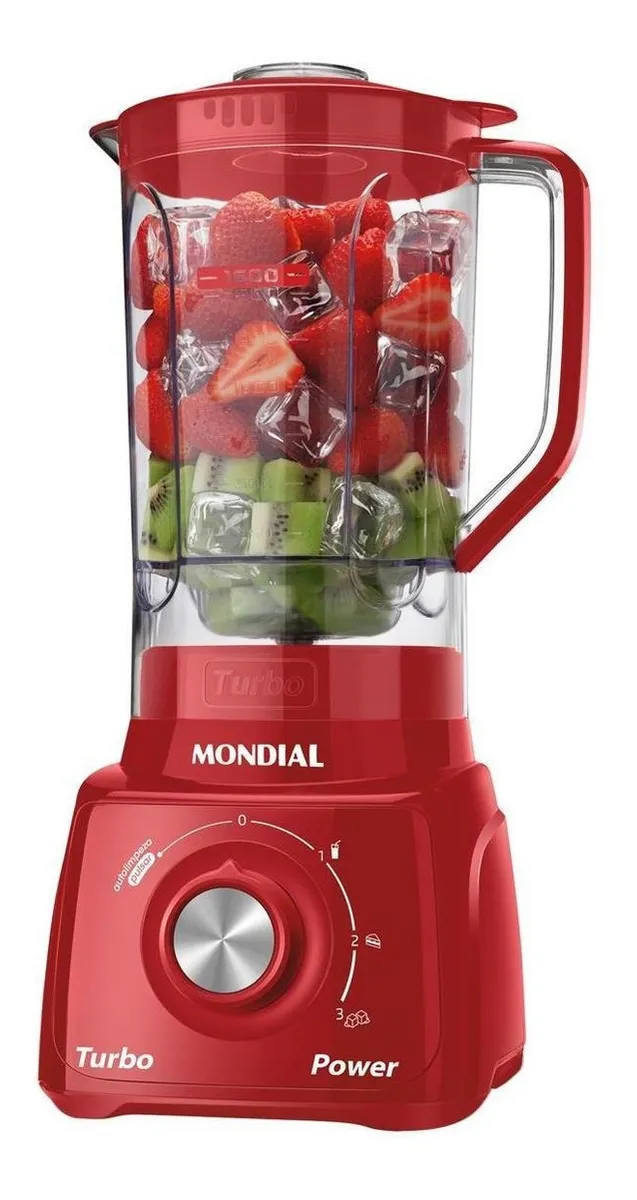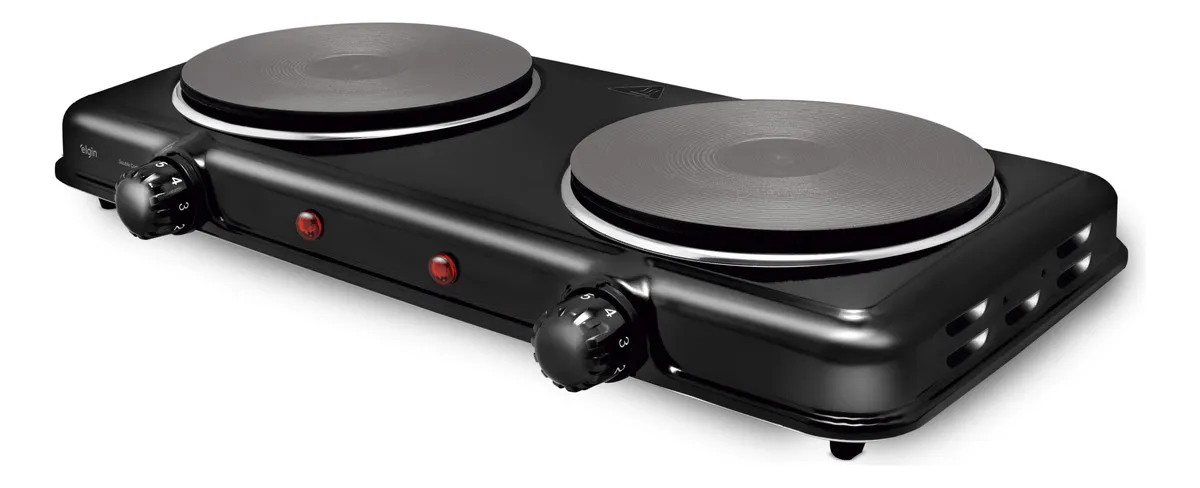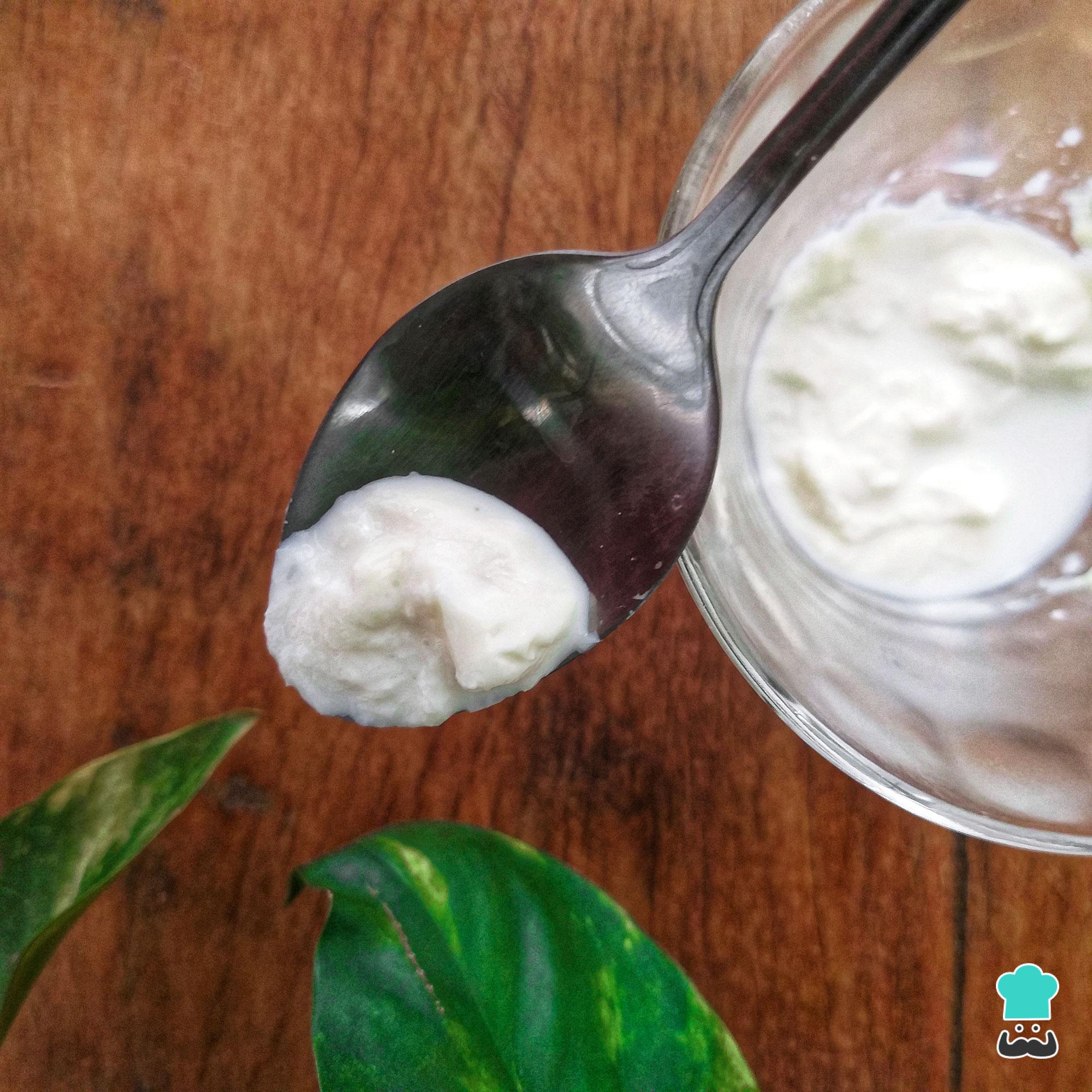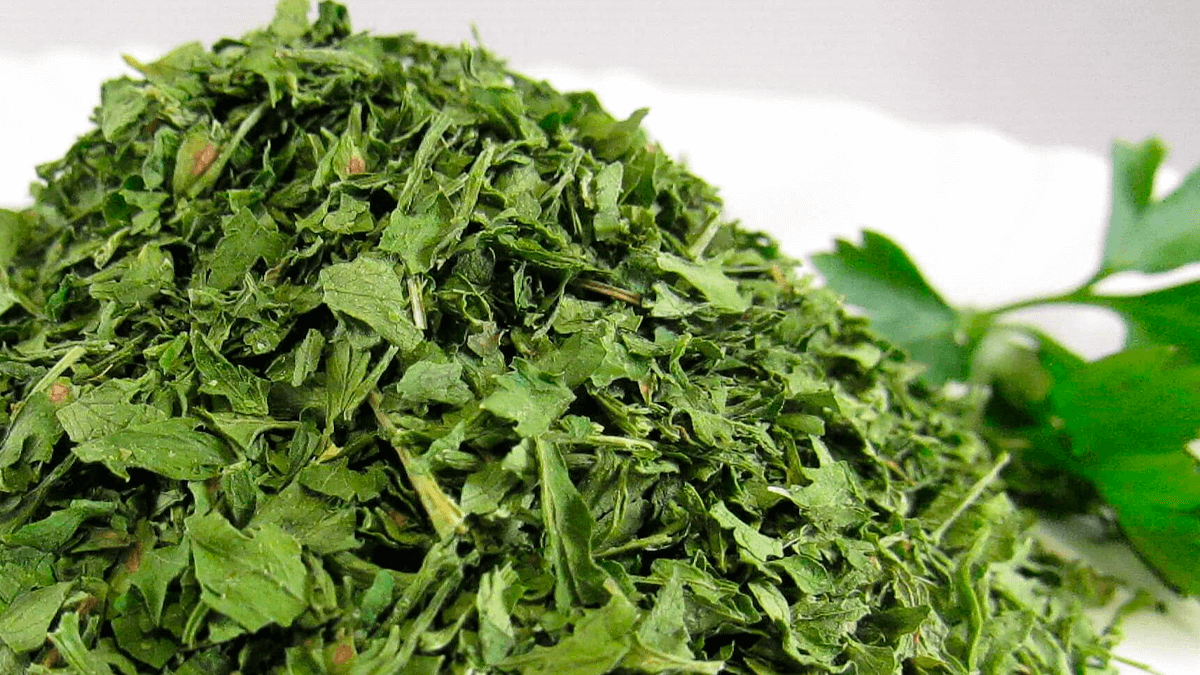8 Spices That Pair with Eggs and Transform Your Meal
Eggs are a versatile and nutritious ingredient, which can be prepared in various ways. But do you know which seasonings go well with egg to enhance its flavor and create delicious dishes? In this article, we will explore 8 seasonings that go well with egg and that will transform your recipes, from breakfast to dinner. Additionally, you will learn a simple seasoned egg recipe and tips to identify if an egg is fresh. Let’s dive into the world of flavors and discover how to season eggs creatively and deliciously!
Why Does Seasoning Eggs Make All the Difference?
Seasoning eggs may seem simple, but the right choice of seasonings can elevate a basic dish into a memorable gastronomic experience. Eggs have a mild flavor that serves as a blank canvas for endless flavors. By adding seasonings, you not only enhance the natural taste of eggs but also create unique combinations that please the palate. Moreover, many seasonings have health benefits, adding even more value to your dish. That’s why it’s essential to know which ingredients and best options to use when preparing your recipes, adding more flavor and ensuring a more nutritious meal.

8 Seasonings that Go Well with Egg
Next, let’s explore 8 seasonings that go well with egg that will give a special touch to your recipes:
1. Salt and Black Pepper
This pair is the base of any seasoning, salt and pepper form the most classic and essential duo, they are the most used and pair perfectly with eggs. Salt enhances the natural flavor of the egg, while black pepper adds a spicy and aromatic touch. Start with a pinch of each and adjust according to your taste.
How to use:
Use on scrambled, fried, boiled eggs, omelets, and any other egg preparation. It’s the simplest combination that pleases most palates but also opens space for adding new ingredients and preparing more elaborate recipes with bolder flavors.
2. Paprika
Paprika, especially the smoked, sweet, or hot versions, adds a vibrant color and a slightly sweet and earthy flavor to eggs. Sweet and smoked paprika are ideal for those seeking a milder taste, while hot paprika is perfect for those who prefer a spicier kick and more color.
How to use:
Sprinkle over scrambled eggs, omelets, boiled eggs, or use in dishes like shakshuka, which brings a unique and special flavor since paprika is a strong and distinctive seasoning.
3. Saffron or Turmeric
These seasonings are known for their anti-inflammatory and antioxidant properties; saffron and turmeric not only provide various benefits but also add a beautiful golden color to eggs and a unique, slightly bitter and earthy taste. Turmeric is also a great option for a milder flavor. These seasonings are also used in preparing rice, meats like chicken and fish, as well as stews and broths.
How to use:
Mix a pinch into beaten eggs before cooking. It’s also very good for making scrambled eggs and omelets, giving a special and more vibrant color.
4. Garlic and Onion Powder
For a more intense flavor, garlic and onion powder are practical and tasty options because they are ready-made seasonings. They dissolve easily in eggs and provide a delicious flavor without the need to chop fresh ingredients, being even more concentrated and thus releasing more flavor.
How to use:
Add to beaten eggs or sprinkle over omelets and frittatas. If adding during preparation, make sure they blend with the other ingredients; if sprinkling, be careful not to overdo it.
5. Fresh or Dried Herbs
Herbs such as parsley, chives, coriander, oregano, thyme, basil, rosemary, sage, and dill add freshness and a delicious aroma to eggs. They can be used fresh or dried, depending on your preference or availability. To use, simply wash, dry, and finely chop the herbs before adding them to the recipe. The most used and popular herb mix is ‘cheiro-verde,’ which combines parsley and chives. Some combination suggestions are:
- Thyme, rosemary, and parsley;
- Basil, oregano, and parsley;
- Dill, mint, and parsley.
How to use:
Chop fresh herbs and add them to the beaten eggs or sprinkle over finished eggs. Dried herbs can also be used during cooking, but use sparingly since their flavor is more concentrated than fresh herbs.
6. Red Pepper Flakes or Hot Sauce
For those who enjoy a spicy touch, crushed red pepper flakes or a good hot sauce, whether artisanal or not, are great choices, especially if you want to add more flavor and presence to your recipe. Pepper is an option for more demanding palates.
How to use:
Add a pinch of red pepper flakes to beaten eggs or a few drops of your preferred hot sauce, being careful not to overdo the quantity.
7. Grated Cheese
Although technically not a seasoning, grated cheese is a complement that pairs perfectly with eggs. Cheeses like Parmesan, mozzarella, cheddar, prato, or minas add flavor and a creamy texture when melted. These cheeses ensure creaminess, while others are firmer and don’t melt as easily but provide more flavor.
How to use:
Sprinkle over scrambled eggs, omelets, or add to the egg mixture before cooking. You can also add cheese on top of the dish as a finishing touch.
8. Nutmeg
Nutmeg has a warm and slightly sweet flavor that surprisingly pairs well with eggs, especially in dishes containing cheese. It should be used carefully, as it is quite strong.
How to use:
Grate a pinch of nutmeg fresh and add to beaten eggs or sprinkle over the finished dish, being careful not to overdo it and overpower the dish’s flavor, since nutmeg is strong.
Delicious Seasoned Egg Recipe
Now that you know the best seasonings that go well with egg, how about putting it into practice with a simple and tasty recipe?
Ingredients:
- 2 eggs (preferably free-range)
- 1 tablespoon of whole milk, skim milk, lactose-free milk, or fresh or boxed cream
- Salt and freshly ground black pepper to taste
- ½ teaspoon of smoked or hot paprika (optional)
- ¼ teaspoon of garlic powder or 1 clove of fresh garlic, crushed
- 1 tablespoon of fresh chopped parsley
- 1 tablespoon of grated Parmesan or mozzarella cheese (optional)
- 1 teaspoon of unsalted butter, or olive oil, or oil of your preference.
Preparation Method:
- In a bowl, crack the eggs and lightly beat them with a fork until the yolks and whites are mixed. Ideally, beat them until they reach a foamy and yellowish consistency.
- Add the milk or cream, salt, black pepper, paprika, and garlic powder to the mixture. If desired, add a pinch of baking powder for an even fluffier result. Stir well until all ingredients are incorporated and the mixture is uniform.
- Heat a non-stick skillet over medium heat and melt the butter. If using olive oil or other oil, simply grease the bottom and sides of the skillet.
- Pour the beaten eggs into the skillet and cook over medium-low heat, stirring slowly with a silicone spatula until the eggs start to set. This slow cooking with gentle stirring will ensure a softer and juicier result. If you prefer to make an omelet, wait until the mixture firms at the edges, then fill and fold.
- When the eggs are almost done but still moist, sprinkle Parmesan cheese on top and let it melt for a few seconds, being careful not to dry out the eggs or burn the cheese.
- Turn off the heat and finish with chopped parsley. Serve immediately, accompanied by toast, bread, salad, or as you prefer, taking the opportunity to get creative. If you choose to make an omelet with fillings, be careful not to use fillings that can make it soggy and compromise the result, such as excessive cheese, tomato, vegetables, etc., or cook them beforehand.
What to Serve with Seasoned Eggs?
Seasoned eggs are versatile and pair well with various side dishes. Here are some ideas to inspire your meals:
Breakfast or Brunch:
- Whole wheat toasts, French bread, Italian bread, or multigrain bread
- Bacon, ham, or fried or baked sausage
- Sliced or mashed avocado (avocado toast), which can even replace bread in the recipe, making it healthier and suitable for those on a gluten-free diet.
- Fresh fruits such as strawberries, papaya, banana, or kiwi
- Natural yogurt with granola and honey
- Pancakes or waffles
- Fresh orange juice or another juice of your choice
- Fresh coffee and assorted teas to accompany the meal and make your breakfast or brunch more filling.
Lunch or Dinner:
- Fresh white or brown rice and beans
- Green salad with tomato, cucumber, carrot, leafy greens, and a light lemon and olive oil dressing.
- Roasted or grilled vegetables (zucchini, eggplant, carrot, sweet potato, for example)
- Mashed potatoes or mashed parsnip
- Crispy farofa
- Garlic pasta
- Soups and broths, accompanied by croutons or toasts
- Zucchini, eggplant, or other vegetable lasagna of your choice
- Soufflé, which is also a light and healthy egg-based recipe option.
How to Know If an Egg Is Good for Consumption?
Before preparing your recipes with eggs, it is essential to check if they are fresh and safe to eat. A spoiled egg can cause food poisoning and other health issues, so it is always good to be cautious, especially if the egg’s origin is unknown or if they have been stored for a long time. Here are some tips to test the quality of eggs:
1. Water Test:
- Fill a bowl or glass with cold water.
- Place the egg in the water.
- If the egg sinks and lies flat on the bottom, it is fresh and good for consumption.
- If the egg sinks but stands upright on the bottom, it is not as fresh but can still be consumed, preferably cooked and not raw. This indicates the egg has lost moisture and is unsuitable for recipes requiring fresh eggs, but it can still be used as long as it is within the expiration date and in good condition.
- If the egg floats on the surface, it is spoiled and should be discarded. This means the egg has lost all its moisture and is not recommended for consumption under any circumstances.
2. Smell Test:
- Crack the egg onto a plate or bowl, preferably away from other ingredients and people. This process should be done carefully to avoid contamination and waste. Ideally, crack one egg at a time and smell it thoroughly before adding it to the recipe. If possible, separate the whites from the yolks before smelling and checking them one at a time, ensuring the safety of those who will consume the egg and verifying that all eggs used are good for consumption.
- Smell the egg carefully and attentively.
- Fresh eggs do not have a strong smell, but spoiled eggs have a strong, unpleasant, and characteristic sulfurous, rotten, or sulfur egg smell—the well-known rotten egg odor—which makes them unfit for consumption. They emit a very strong and bad smell that spreads quickly through the environment. If you detect any strange or bad odor, discard the egg immediately.
3. Observe the Appearance:
- Shell: The eggshell should be intact, clean, without cracks or stains, and matte. Avoid eggs with cracked, broken, or dirty shells, as this facilitates contamination of the contents. Also avoid eggs with shiny shells. Besides the shell, the egg membrane between the shell and the white should also be observed. It needs to be intact and smooth.
- White: The white of a fresh egg is thick, slightly opaque, and gelatinous. It stays firm around the yolk and usually takes time to spread on the plate. If the white is very liquid, thin, and spreads quickly, this indicates the egg is not fresh and in that case can be used only in recipes where the eggs are fully cooked for a long time and at high temperatures.
- Yolk: The yolk should be round, shiny, firm, whole, and centered in the white. If the yolk is flat, dull, spreads easily, has a darker color, has spots, or breaks easily when separated from the white, this indicates the egg is old and therefore less fresh. The yolk should not have spots or stains, nor should it have a bad, strong, or unpleasant smell.
With these tips, you will be able to prepare tasty dishes with eggs, avoiding spoiled ones, and ensuring you consume and serve others a good, healthy recipe that is reliably sourced and safe!
Recommended Products to Facilitate Preparation
- Mondial Pratica B44R Stand Mixer: Ideal for beating eggs to ensure an aerated and homogeneous mixture, as well as making the mixing process easier and faster. It is perfect for whipping egg whites. Get yours! – Power and practicality for your recipes!
- 9-Piece Nonstick Cookware Set with Glass Lids: A nonstick frying pan from this set is perfect for cooking omelets and scrambled eggs without sticking and with minimal oil. Check out this option! – Versatility and quality in your kitchen!
- 6-Piece Nonstick Knife Set: Useful for chopping filling ingredients like cheese, ham, vegetables, and herbs. Check it out here!– Precision and comfort in cutting!
- Knife Sharpener with Suction Cup: This sharpener model is essential for those who want to maintain their knives’ quality and ensure more precise and safer cuts. It should always be used before handling knives, and the suction cup helps fix it on the surface, making the process easier. Check out this option! – Knives always ready to use!
- Food Processor: If you want convenience, the processor will be a great ally for chopping, grinding, and processing food and seasonings, and even for making breadcrumbs from stale bread. Check out this option! – Speed and efficiency in the kitchen!
- Philco PLQ2100PI Blender 12 + Turbo 3L 1200W: Although the food processor is the best option, the blender can substitute it in several functions, including food grinding. For the blender, it is ideal that it is very powerful and has a pulse function, facilitating grinding and avoiding accidents and waste. The blender will also help a lot in making recipes with stale bread and preparing bread mayonnaise, as it speeds up the process and ensures a smoother, more homogeneous, and tastier result.Check it out here! – Power to grind and mix!
Conclusion
Seasoning eggs may seem like a simple task, but the choice of the right seasonings makes all the difference in the final result. With these 8 suggestions of seasonings that go well with egg, you can transform your basic recipes into dishes full of flavor and personality. Remember that creativity in the kitchen is always welcome, so do not be afraid to experiment with new combinations and discover your favorite flavors. And, of course, take advantage of the tips to identify fresh eggs and ensure your family’s food safety. Now it’s your turn! Get hands-on, or better yet, get hands-on with the eggs and create delicious and nutritious dishes! To check more tips and recipes like this, keep following our blog!
Image Source: vecteezy







